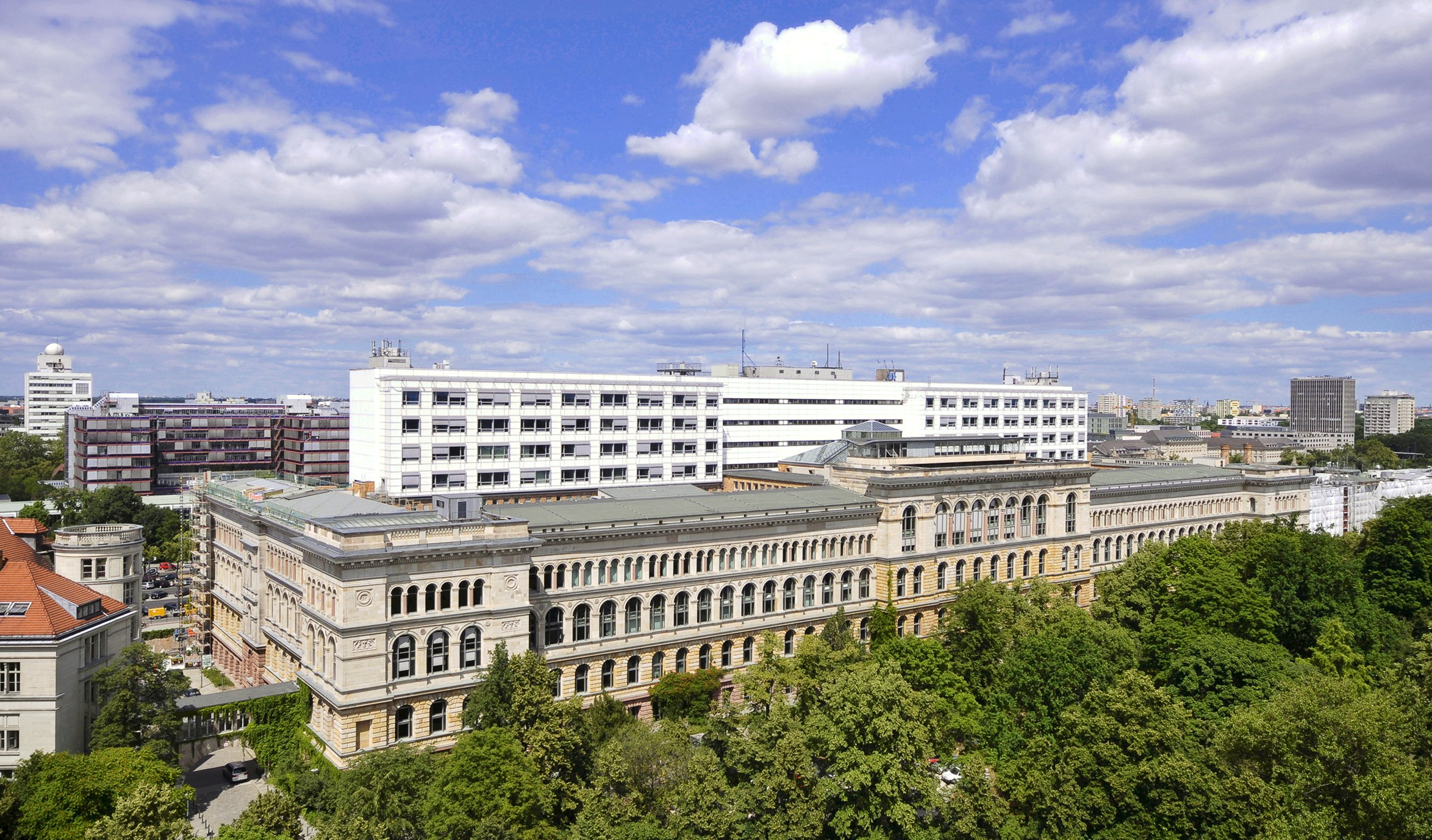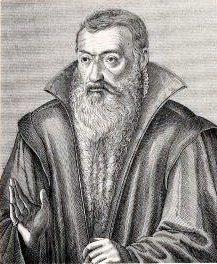|
Hermann Eggert
Georg Peter Hermann Eggert (3 January 1844 – 12 March 1920) was a German architect. He designed important public buildings such as the Frankfurt Main Station and the New Town Hall in Hannover, often in the style of Neo-Renaissance. Career Born in Burg bei Magdeburg, Eggert studied with Heinrich Strack at the Bauakademie in Berlin. He worked from 1875 to 1889 as ' in Strasbourg, designing several buildings of the university in the Neustadt such as the observatory, and building the ''Palais du Rhin'' (Emperor's Palace) for Wilhelm II. He built the Frankfurt Main Station from 1883 to 1888, regarded as his most important building. Eggert served as ''Oberbaurat'' in the (Ministry of Public Works) of Prussia in Berlin, where he was mostly responsible for church buildings. He participated in the competition for the New Town Hall in Hannover in 1895, won the second competition a year later and was commissioned to build the exterior. From 1898 he worked in his own office in Han ... [...More Info...] [...Related Items...] OR: [Wikipedia] [Google] [Baidu] |
New Town Hall (Hanover)
The New Town Hall () is a town hall in Hanover, Germany. It opened on 20 June 1913 after construction lasting 12 years. A magnificent, castle-like building of the era of Wilhelm II, German Emperor, Wilhelm II in eclecticism in architecture, eclectic style at the southern edge of the inner city just outside the historic city centre of Hanover, the building is embedded within the History Costing 10 million German gold mark, marks, the New Town Hall was erected on 6,026 beech piles by architects Hermann Eggert and Gustav Halmhuber. "Ten million marks, Your Majesty – and all paid for in cash", the City Director, is claimed to have announced when the New Town Hall was opened in the presence of Emperor Wilhelm II, German Emperor, Wilhelm II. In honour of Tramm the public space in front of the building was named () until 23 September 2024, when it was renamed to () because Tramm is recognized as a pioneer of National Socialism. Upon opening, the New Town Hall replaced ... [...More Info...] [...Related Items...] OR: [Wikipedia] [Google] [Baidu] |
Technische Universität Berlin
(TU Berlin; also known as Berlin Institute of Technology and Technical University of Berlin, although officially the name should not be translated) is a public university, public research university located in Berlin, Germany. It was the first German university to adopt the name "Technische Universität" (university of technology). The university alumni and staff includes several United States National Academies, US National Academies members, two National Medal of Science laureates, the creator of the first fully functional programmable (electromechanical) computer, Konrad Zuse, and ten Nobel Prize laureates. TU Berlin is a member of TU9, an incorporated society of the largest and most notable German institutes of technology and of the Top International Managers in Engineering network, which allows for student exchanges between leading engineering schools. It belongs to the Conference of European Schools for Advanced Engineering Education and Research. The TU Berlin is home of ... [...More Info...] [...Related Items...] OR: [Wikipedia] [Google] [Baidu] |
19th-century German Architects
The 19th century began on 1 January 1801 (represented by the Roman numerals MDCCCI), and ended on 31 December 1900 (MCM). It was the 9th century of the 2nd millennium. It was characterized by vast social upheaval. Slavery was abolished in much of Europe and the Americas. The First Industrial Revolution, though it began in the late 18th century, expanded beyond its British homeland for the first time during the 19th century, particularly remaking the economies and societies of the Low Countries, France, the Rhineland, Northern Italy, and the Northeastern United States. A few decades later, the Second Industrial Revolution led to ever more massive urbanization and much higher levels of productivity, profit, and prosperity, a pattern that continued into the 20th century. The Catholic Church, in response to the growing influence and power of modernism, secularism and materialism, formed the First Vatican Council in the late 19th century to deal with such problems and confirm ce ... [...More Info...] [...Related Items...] OR: [Wikipedia] [Google] [Baidu] |
Straße Des 17
{{Short pages monitor ... [...More Info...] [...Related Items...] OR: [Wikipedia] [Google] [Baidu] |
Technische Hochschule
A ''Technische Hochschule'' (, plural: ''Technische Hochschulen'', abbreviated ''TH'') is a type of university focusing on engineering sciences in Germany. Previously, it also existed in Austria, Switzerland, the Netherlands (), and Finland (, ). In the 1970s (in Germany) and the 1980s (in the Netherlands), the ''Technische Hochschule'' emerged into the (German) or (Dutch). Since 2009, several German universities of applied sciences were renamed as . Terminology In German-language countries, the term ''Hochschule'' is more general than ''Universität'' (plural: ''Universitäten'') and also encompasses universities which do not have the right to confer doctorates and habilitations, in contrast to ''Universitäten''. Today, ''Universitäten'' as well as other ''Hochschulen'' call themselves ''Technische Hochschule'' for historical reasons. However, a ''Technische Hochschule'' with the status of a ''Universität'' is regarded as a ''Technische Universität'' despite the name ... [...More Info...] [...Related Items...] OR: [Wikipedia] [Google] [Baidu] |
University Of Veterinary Medicine Hanover
The University of Veterinary Medicine Hannover (, TiHo) is a university in Hanover and one of the five facilities for veterinary medicine in Germany, and the only one that remains independent. It is often referred to as TiHo by its staff and students. According to the website, there are currently about 2,400 university students, 2,000 of which study veterinary medicine, and 50 study biology. The staff has 1000 members, for example 63 professors and 250 other scientific assistants. The rest is mostly engaged in the 5 clinics and 13 institutes for pretty much every field of veterinary medicine. The clinics have an average of 49,000 patients a year (hospitalized, outpatient and polyclinical care), and of course, there are a lot of apprentices in related professions. The school also maintains a botanical garden specializing in medicinal and poisonous plants, the Heil- und Giftpflanzengarten der Tierärztlichen Hochschule Hannover. History The TiHo was founded in 1778 under the reg ... [...More Info...] [...Related Items...] OR: [Wikipedia] [Google] [Baidu] |
Hamburg-Altona Station
Hamburg-Altona (or simply Altona) is a railway station in Hamburg, Germany, situated to the west of the city's main station, in the district which bears its name. A main line terminal station, most Intercity-Express (ICE) services linking Hamburg with southern Germany begin and terminate at Hamburg-Altona. It also has an underground station (named Altona) which is served by the rapid transit trains of the Hamburg S-Bahn. The station is managed by DB Station&Service. History The original Altona station was built by the Altona-Kiel Railway Company at the end of the line from Kiel, some 300 metres south of the current station. It opened in 1844, at which time Altona was an independent city within the Duchy of Holstein (the old station is currently used as the present-day Altona borough's town hall). In 1866 the link line was opened, allowing trains to run through to Klosterthor station (near the main train station) and on to Berlin or Hanover. In 1867 the Altona-Bl ... [...More Info...] [...Related Items...] OR: [Wikipedia] [Google] [Baidu] |
Strasbourg University
The University of Strasbourg (, Unistra) is a public research university located in Strasbourg, France, with over 52,000 students and 3,300 researchers. Founded in the 16th century by Johannes Sturm, it was a center of intellectual life during the Age of Enlightenment. The old university was split into three separate entities in the 1970s before merging back together in 2009. Today, the University of Strasbourg comprises 35 academic faculties, schools, and institutes, as well as 71 research laboratories spread across six campuses, including the historic site in the Neustadt. Throughout its existence, Unistra alumni, faculty, or researchers have included 18 Nobel laureates, two Fields Medalists and a wide range of notable individuals in their respective fields. Among them are Goethe, statesman Robert Schuman, historian Marc Bloch and several chemists such as Louis Pasteur. History The university emerged from the Jean Sturm Gymnasium The Jean Sturm Gymnasium (, ) is a p ... [...More Info...] [...Related Items...] OR: [Wikipedia] [Google] [Baidu] |
Rügen
Rügen (; Rani: ''Rȯjana'', ''Rāna''; , ) is Germany's largest island. It is located off the Pomeranian coast in the Baltic Sea and belongs to the state of Mecklenburg-Western Pomerania. The "gateway" to Rügen island is the Hanseatic city of Stralsund, where it is linked to the mainland by road and railway via the Rügen Bridge and Causeway, two routes crossing the two-kilometre-wide Strelasund, a sound of the Baltic Sea. Rügen has a maximum length of (from north to south), a maximum width of in the south and an area of . The coast is characterised by numerous sandy beaches, lagoons () and open bays (), as well as peninsulas and headlands. In June 2011, UNESCO awarded the status of a World Heritage Site to the Jasmund National Park, characterised by vast stands of beeches and chalk cliffs like King's Chair, the main landmark of Rügen island. The island of Rügen is part of the district of Vorpommern-Rügen, with its county seat in Stralsund. The towns on Rüg ... [...More Info...] [...Related Items...] OR: [Wikipedia] [Google] [Baidu] |
Ernst Moritz Arndt Tower
The Ernst Moritz Arndt Tower () stands on the top of the Rugard, the highest point of the central region of the German Baltic Sea island of Rügen. It is listed as a historic structure by the county of Rügen. Origin and construction In preparation for the 100th anniversary of the German poet, Ernst Moritz Arndt, an Arndt Monument Committee was formed in 1869 under the chairmanship of Rügen ''Landrat'', von Platen, and the Bergen auf Rügen, Bergen mayor, Dr. Richter. Donations were asked for and architects invited to submit designs. The foundation stone was laid on 26 December 1869, the day of the celebrations. The design chosen was by the master builder of the royal parliament, Hermann Eggert from Berlin, who ran the project from beginning to end. In summer 1872 the 13 foot high rock foundation of the tower was built and in the following winter the earthworks began. In 1873 the first storey was completed. At that point, the money ran out. Not until 1875 was the second sto ... [...More Info...] [...Related Items...] OR: [Wikipedia] [Google] [Baidu] |
Berlin Cathedral
Berlin Cathedral (), also known as the Evangelical Supreme Parish and Collegiate Church, is a monumental Protestant Church in Germany, German Protestant church and dynastic tomb (House of Hohenzollern) at the Lustgarten on the Museum Island in Mitte, central Berlin. Having its origins as a castle chapel for the Berlin Palace, several structures have served to house the church since the 15th century. The present collegiate church was built from 1894 to 1905 by order of Emperor Wilhelm II, William II according to plans by Julius Raschdorff in Renaissance Revival architecture, Renaissance and Baroque Revival architecture, Baroque Revival styles. The listed building is the largest Protestant church in Germany, List of largest church buildings, 2nd largest worldwide and one of the most important dynastic tombs in Europe. In addition to church services, the cathedral is used for state ceremonies, concerts and other events. Since the demolition of the Memorial Church ''(Denkmalskirc ... [...More Info...] [...Related Items...] OR: [Wikipedia] [Google] [Baidu] |







